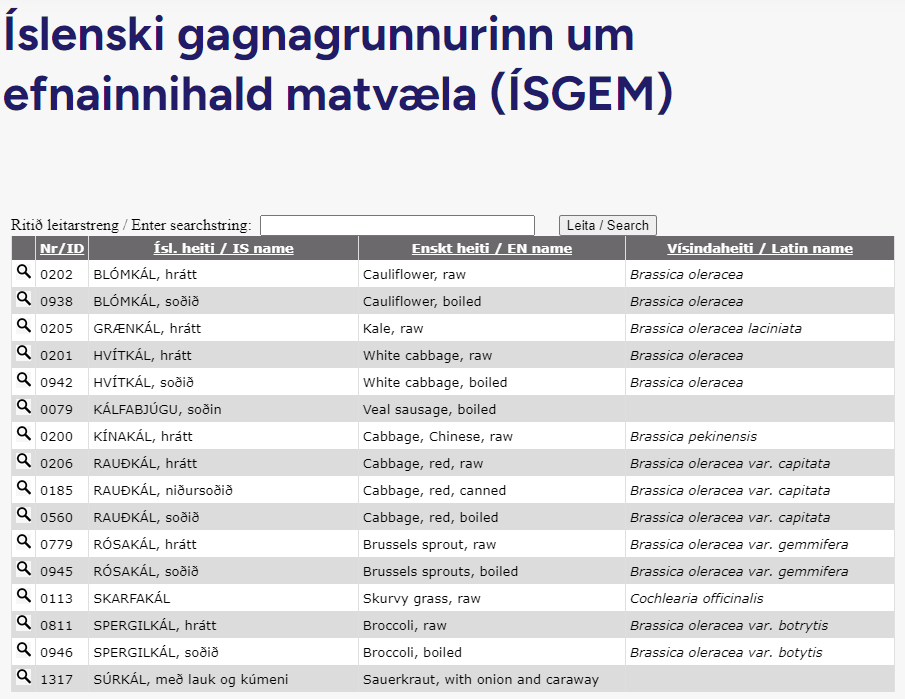International agreements recognize the importance of cooperative scientific research to conserve and promote sustainable development of a shared Atlantic Ocean. In 2022, the All-Atlantic Ocean Research and Innovation Alliance Declaration was signed. The All-Atlantic Declaration continues and extends relations forged by the Galway Statement on Atlantic Ocean Cooperation and the Belém Statement on Atlantic Ocean Research and Innovation Cooperation. These efforts are consistent with programs, actions, and aims of the United Nations Decade of Ocean Science for Sustainable Development. In preparation for implementation of the All-Atlantic Declaration, members of the Marine Microbiome Working Group and the Marine Biotechnology Initiative for the Atlantic under the Galway and Belém Statements respectively, joined forces to call for cooperation across the Atlantic to increase marine microbiome and biotechnology research to promote ocean health and a sustainable bioeconomy. This article reviews the goals of the marine microbiome and biotechnology initiatives under the Galway and Belém Statements and outlines an approach to implement those goals under the All-Atlantic Declaration through a Blue Biotech and Marine Microbiome (BBAMM) collaboration.
Author: admin
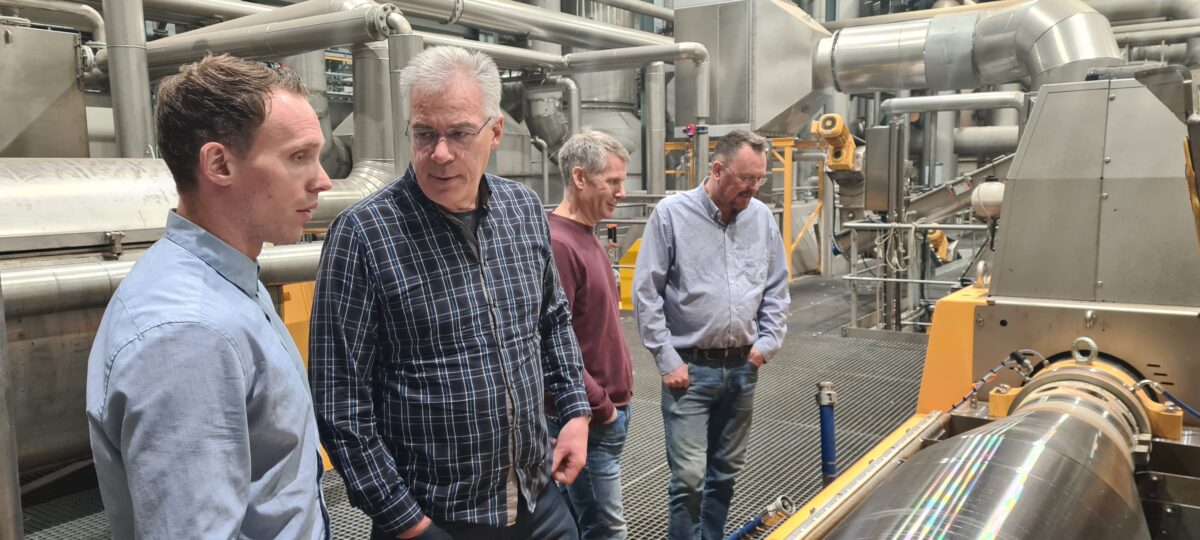
Two of Matís' stage managers, they Guðmundur Stefánsson and Jónas R. Viðarsson, were on a rampage last week and visited some well-chosen food production companies in the Austfjörður. They were accompanied by the regional manager of Matís in East Iceland, Stefán Þór Eysteinsson, who is also the company's professional manager in the field of biomass and measurements.
The companies that were brought home were Herring processing, Ash tree, Fur processing and Búlandstindur. The group was extremely well received by all the companies, and their representatives emphasized the importance of Matís having a strong establishment that provides good service in the local community. After all, the branch is made up of a select team that prides itself on servicing the companies in the area.

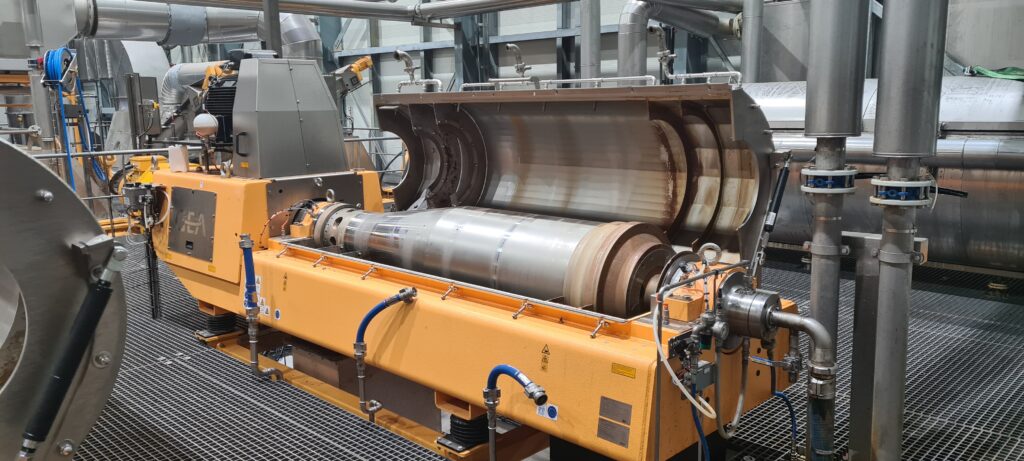
Earlier this year, Þorsteinn Ingvarsson retired due to age, but he had been Matís' regional manager in the East for over a year. All those who were interviewed at the companies gave him a particularly good account of the story, and it is clear that those who have now accepted the torch are receiving a good fortune and reputation.
Matís thanks the companies visited for the warm welcome and looks forward to good cooperation in the near future, as there is a lot of growth in food production in the East.
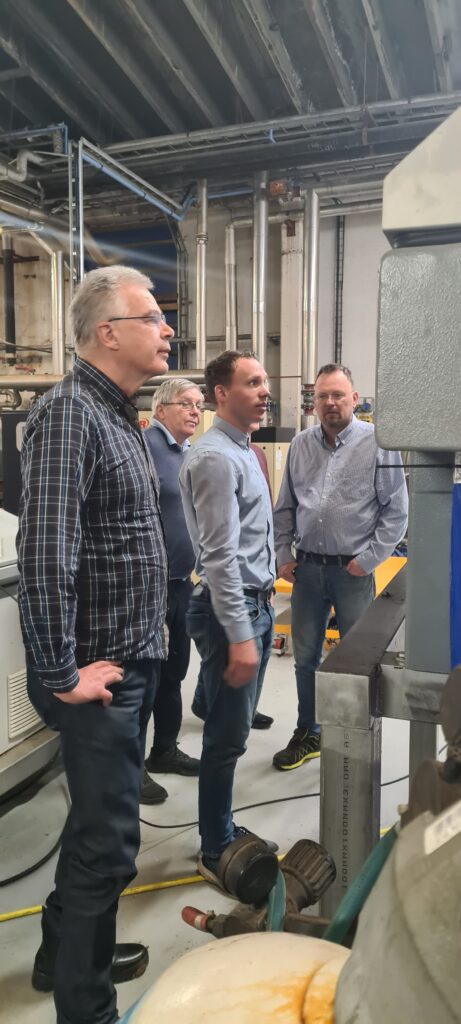
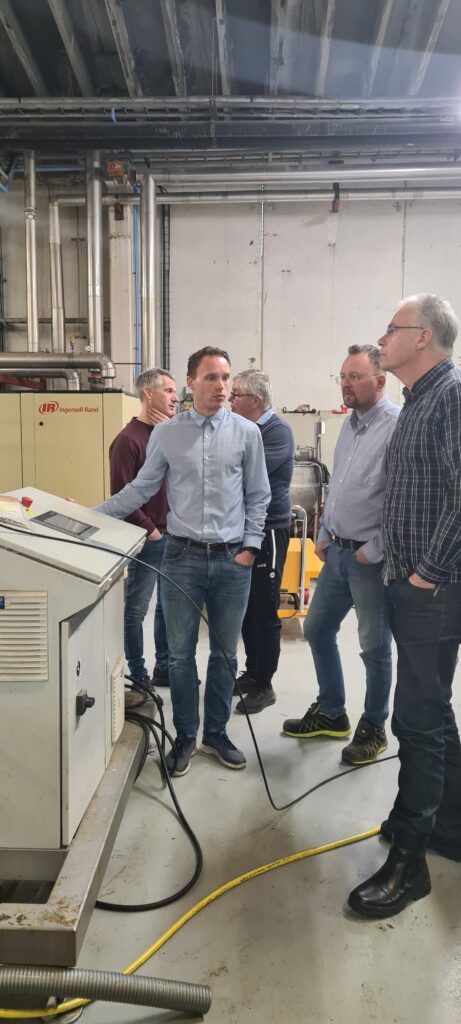
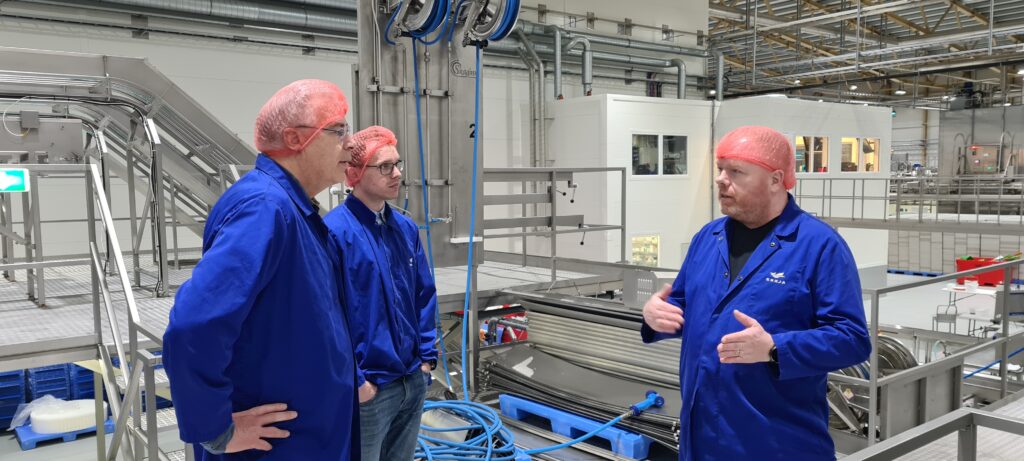
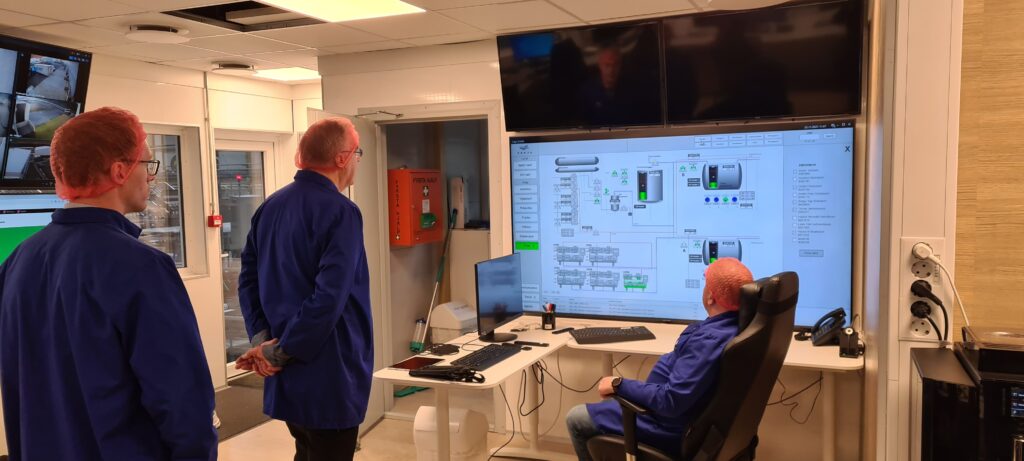
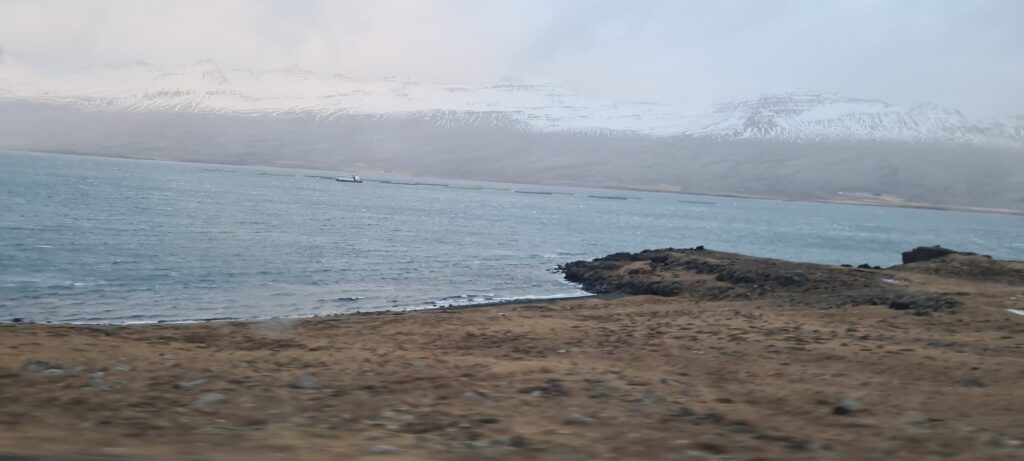
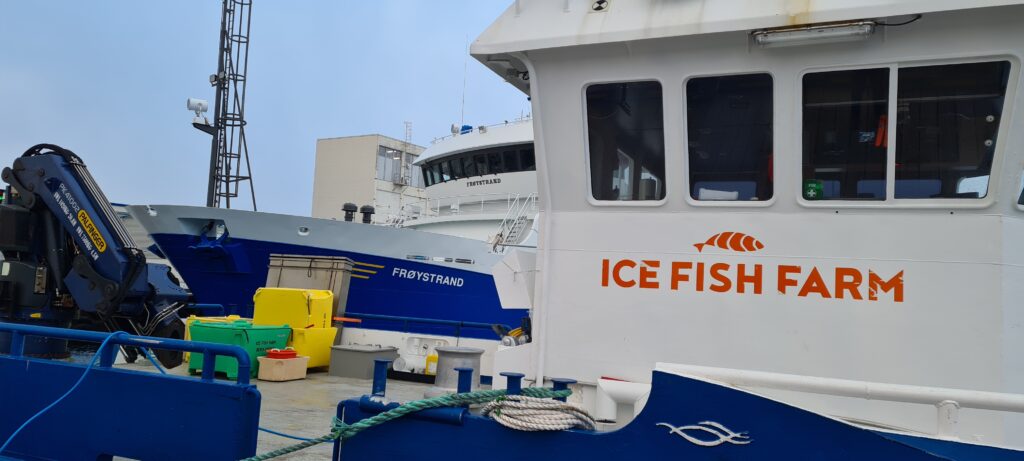

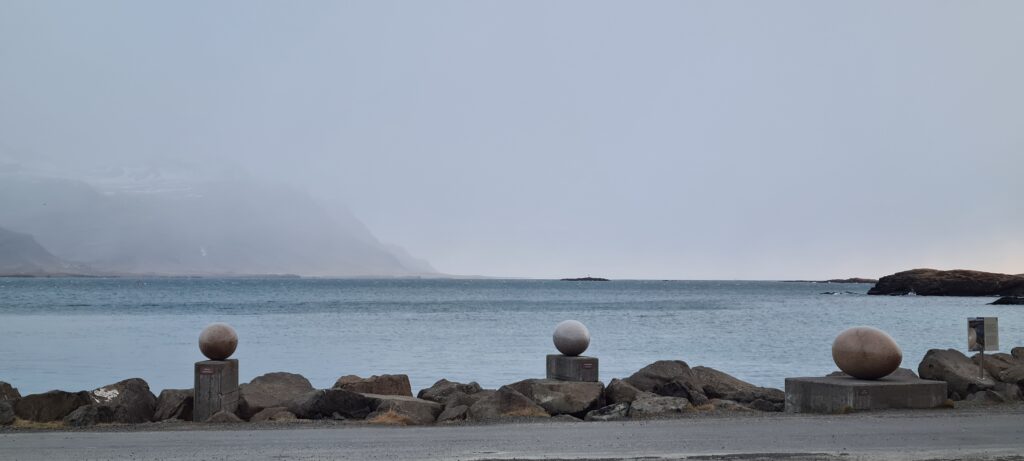
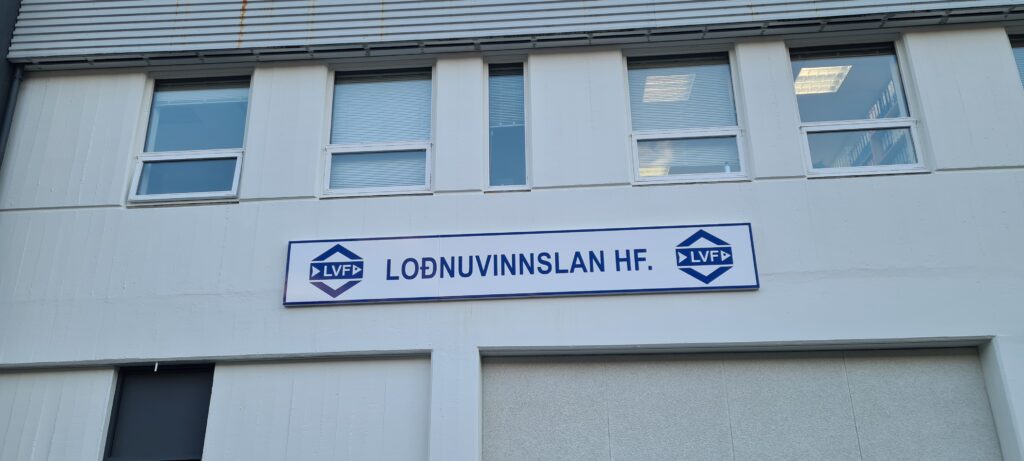
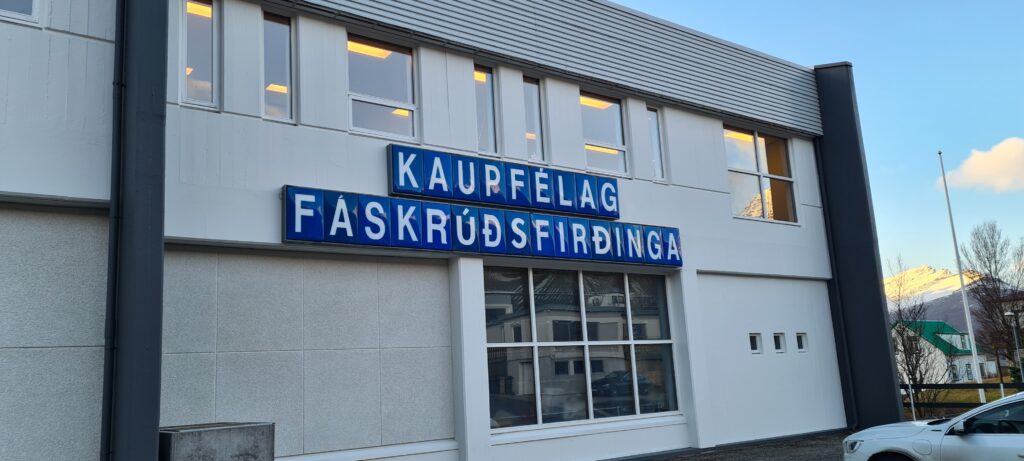
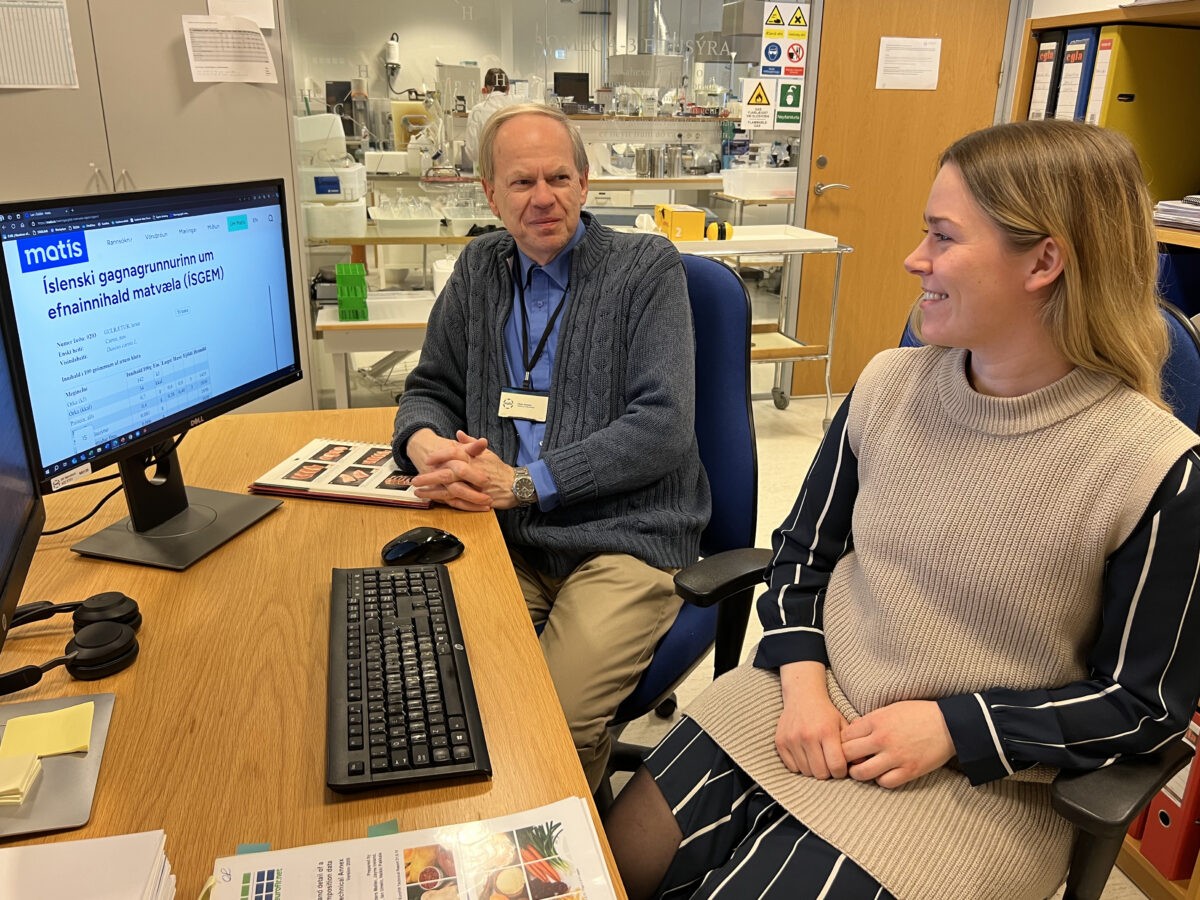
The Icelandic database on the chemical content of food (ÍSGEM) is managed by Matís and á matis.is you can find information about the nutrients that have been registered in the database. It also contains explanations and information about the data and its origin. ÍSGEM has collected data on the main nutrients in many types of food that are on the market in Iceland. This is the only database of its kind in Iceland, as it is an official database for Iceland.
The role of databases that store information about the nutrients in our food is to provide users with reliable information about these substances. It is essential that this information is correct because many individuals rely on it for special needs or to maintain good health. Counselors must provide correct information to clients and patients, and company staff must provide correct information about the nutritional value of their products.
When registering data on nutrients in ÍSGEM, a special quality system is used to ensure that all information is correct. It must be ensured that the working methods have been of good quality, from sampling and chemical measurements to the presentation of the results. Information about the data is recorded accurately so that it is traceable to the original source.

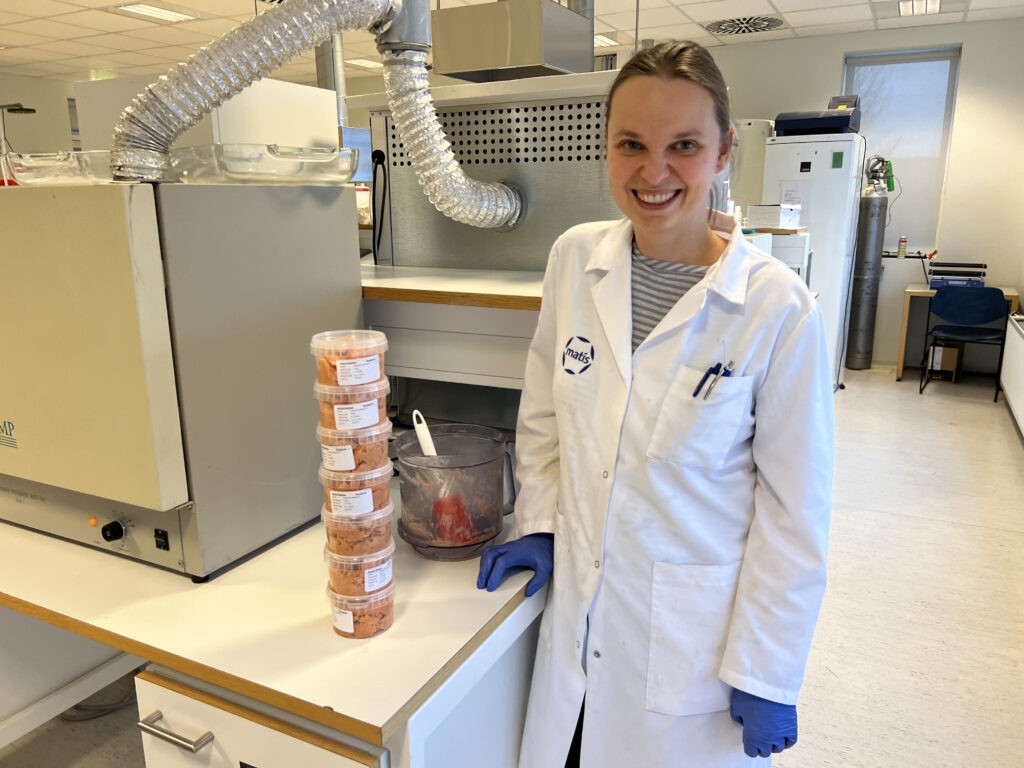
Today, the internet, social media and artificial intelligence make it possible for us to easily access all kinds of information anywhere and anytime, but it is often not clear who the original source is. The information can be very detailed, but sometimes it is limited, misleading or outright wrong. Often, information is even presented to serve commercial goals or to follow fashion trends. When it comes to nutrients and health, it is essential to have access to verified, quality-assessed information, as can be found in ÍSGEM's open access.
There have been many users of ÍSGEM throughout history, but the database was created in 1987 at the Agricultural Research Institute, when measurements of nutrients and other substances in Icelandic foods were made for the first time.
The general public has downloaded information there, especially those who need to pay attention to their diet for their health. Research staff in nutrition and nutrition consultants can also be mentioned. All Icelandic national dietary surveys have used ÍSGEM. People in food companies have also used this database for product development and nutritional value labeling.

The ÍSGEM database is one of Iceland's infrastructure. By its very nature, ÍSGEM needs to be updated regularly because the composition of foods changes, for example, due to environmental effects, changed feeding, changed recipes, and new results need to be added when new foods come on the market.
It is especially important to maintain up-to-date information in the database so that the people of the country can continue to easily access reliable and correct information that is reviewed by scientific personnel.
Research funds generally do not support infrastructure maintenance, but at Matís we primarily work for grants. Matís is also working on a service contract with the Ministry of Food, but it is expected that work on the ÍSGEM database will be part of the service contract from 2024.
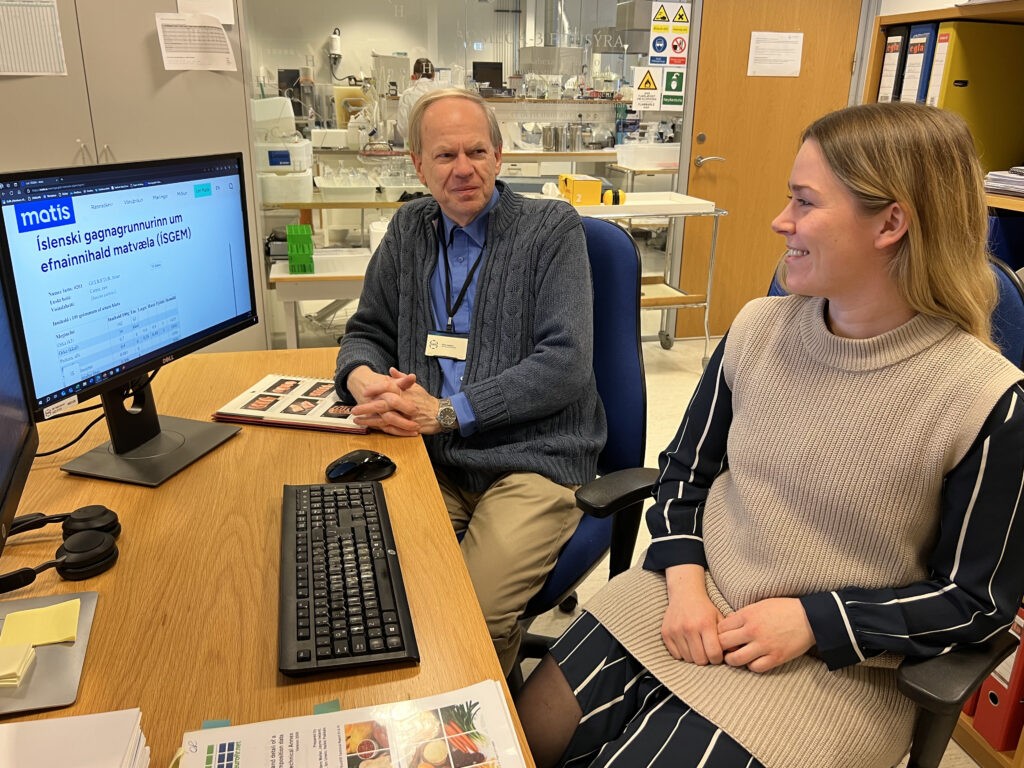
Over the years, the database has been used in various projects in collaboration with various parties, as mentioned. The Food Foundation funded the project in 2022-2023 Nutrient data – Importance for public health and product development. In this project, a quality system for ÍSGEM was developed, a user manual was compiled and part of the data was updated. A recent project that was worked on at Matís in collaboration with Samtok small producers of food products/ Straight from the farm with a grant from the Food Fund involved the development of a web application that calculates the nutritional value of food based on a recipe. It is a web application that retrieves information from ÍSGEM, but it greatly facilitates the calculation of nutritional value. The web application can be accessed here.
It is hoped that in the coming years it will be possible to use ÍSGEM to disseminate information on the carbon footprint of food. The project Carbon footprint of Icelandic food (KÍM) which is carried out in collaboration with Matís, the Department of Nutrition at the University of Iceland and Efla Engineering Studio, was recently awarded a grant from the Food Fund. The aim of the project is to provide consumers, the government and stakeholders in Iceland with reliable, transparent and comparable information about the environmental impact of Icelandic food. One of the project's three main goals is to update the ÍSGEM database, which will then also publish the carbon footprint of Icelandic foods alongside nutritional information when the project ends.
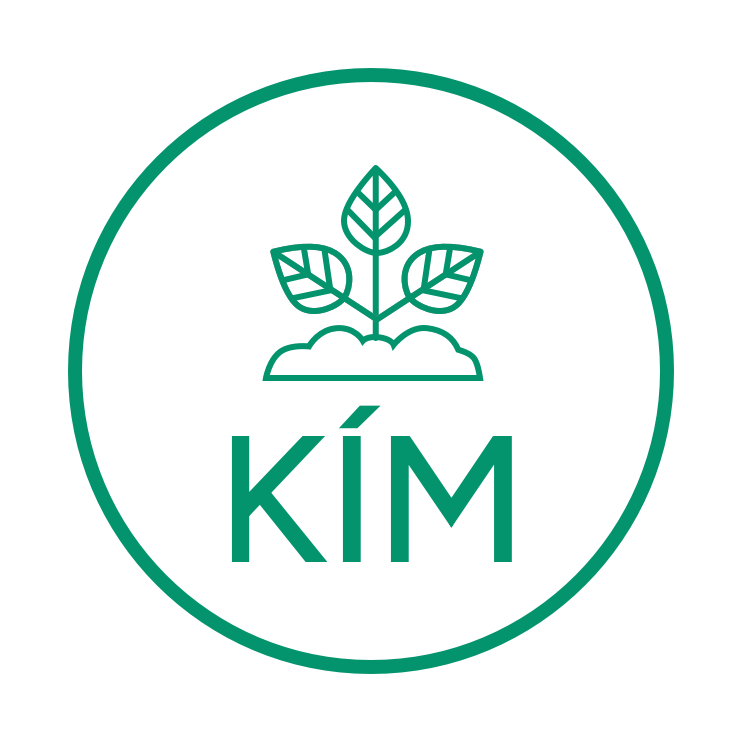
The opportunities for the ÍSGEM database are many and exciting, as there is enormous value in having reliable information on the nutritional content of foods available to people and companies. The vision for the future is that ÍSGEM can become a comprehensive information source on food. It is important to ensure support for maintenance and additions, and it will be interesting to follow the progress of these issues in the coming seasons.
The ÍSGEM database is available along with explanations and instructions for use here: The Icelandic Food Composition Database (ISGEM)
An informative podcast about ÍSGEM is available here: ÍSGEM: Information source on food ingredients
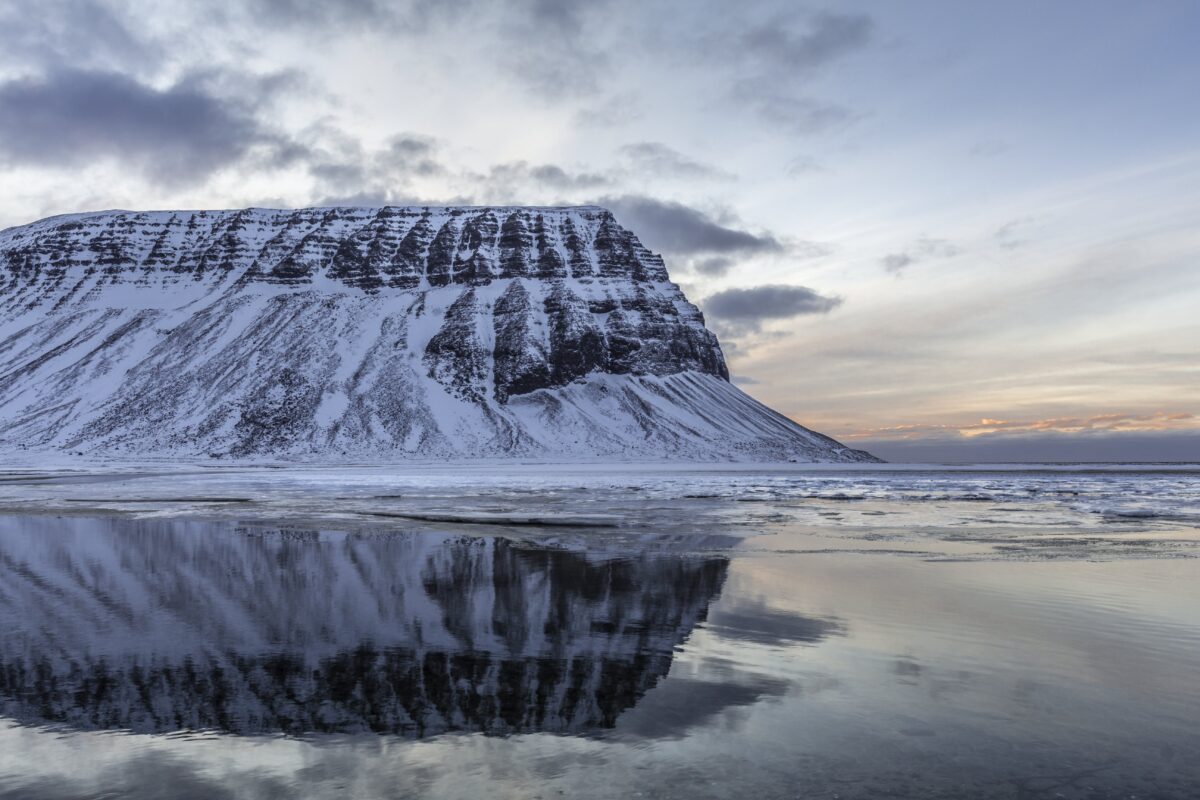
Two of Matís' stage managers, they Guðmundur Stefánsson and Jónas R. Viðarsson, put their best foot forward last week and visited some well-chosen food production companies in the Westfjords.
So that the delegation was now not only made up of "experts from the south", they joined them Gunnar Þórðarson regional manager Matís á Vestfjörður and Guðrún Anna Finnbogadóttir from Vestfjörður room.
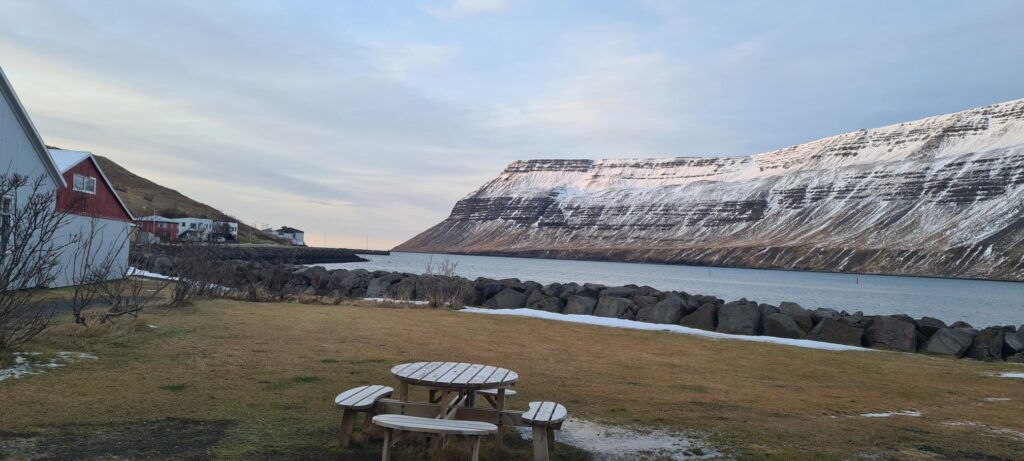
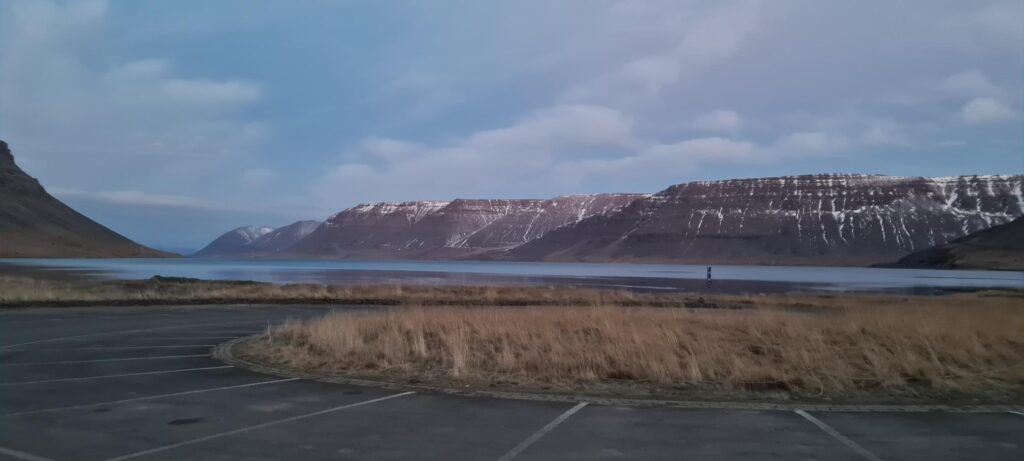
Vestfjörður welcomed the group extremely well, with sunshine and smiles in their hearts. The companies that were visited were Arnarlax in Bíldudal, Oddi in Patreksfjörður, Arctic Fish and Drimla in Bolungavík, Klofningur and Fisherman in Suðureyri, as well as representatives of Vesturbyggð had a meeting with the group to introduce the activities planned for Vatneyrarbúd in Patreksfjörður.
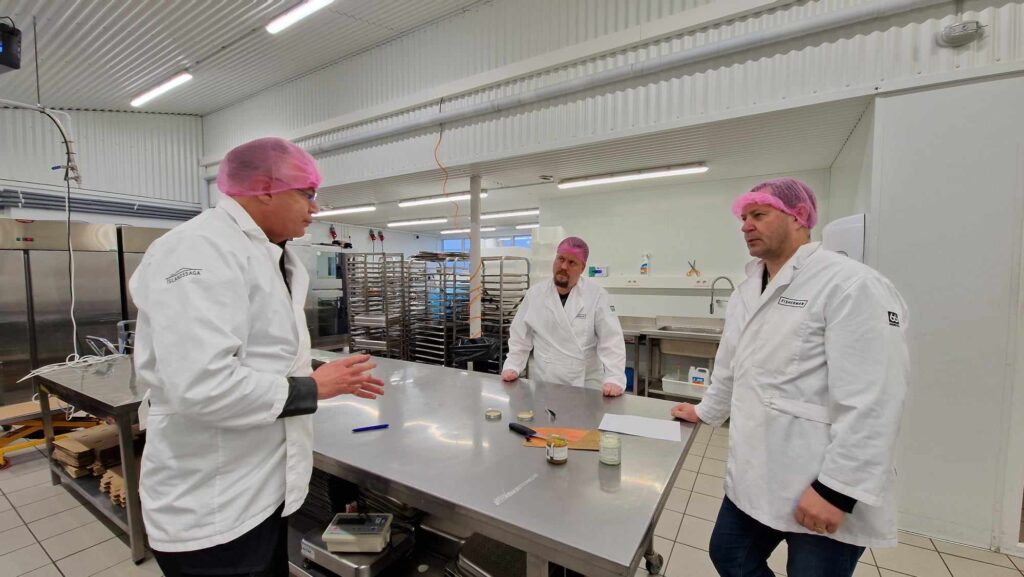
This visit to Vestfjörður was extremely enjoyable and instructive, as there is a lot of work going on in the area. Matís expects that it will be possible, in the coming months, to nurture even better the good cooperation that the company has had with parties in the region. The future is bright for employment in the Westfjords
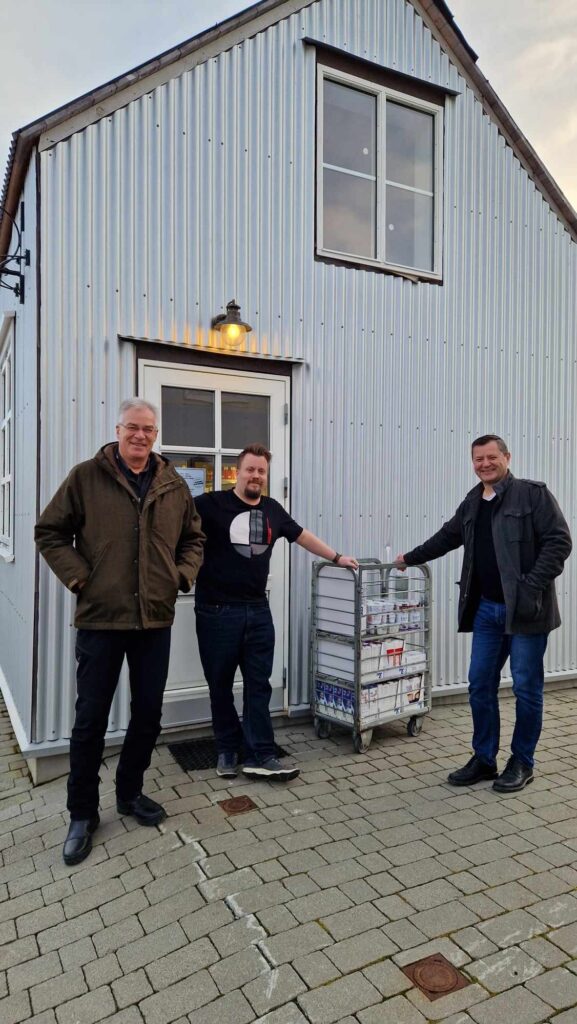
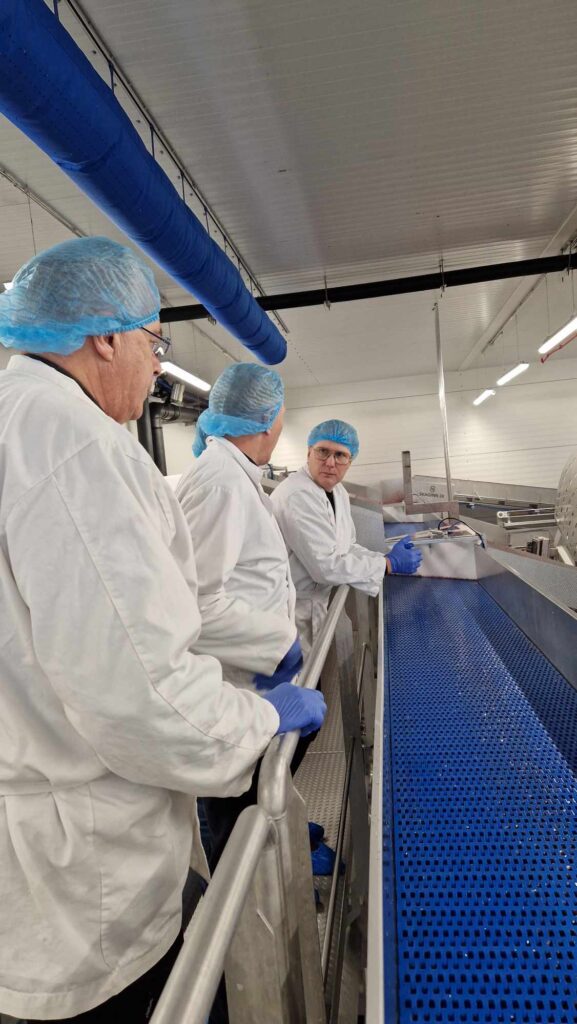
Right: Visit to Drimla, Arctic Fish slaughterhouse in Bolungarvík.
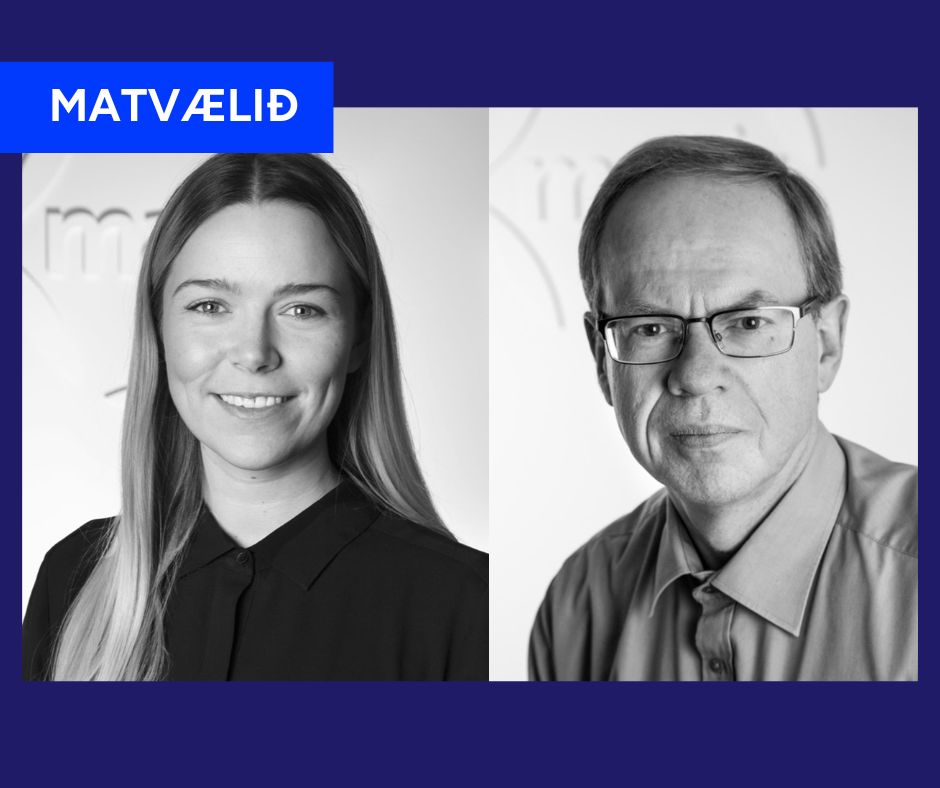
Ólafur Reykdal and Eydís Ylfa Erlendsdóttir are experts in the Icelandic database on the chemical content of foods, which is always called ÍSGEM. They are interviewees in this episode of Matvælin, Matís' podcast about research and innovation in food production.
In the episode, they discuss the history of ÍSGEM and the purpose of the database, whose history can be traced back to 1987, when the nutrients of various foods were recorded for the first time in Iceland. They also discuss the value of ÍSGEM and discuss why it is important that people in Iceland have access to verified, quality-assessed information about food and nutrients in open access.
They also discuss how the data can be accessed and used, what the current state of the data is, where the opportunities lie and, not least, how the base could be added to and expanded so that it becomes a universal information source for food.
Listen to the full episode here:
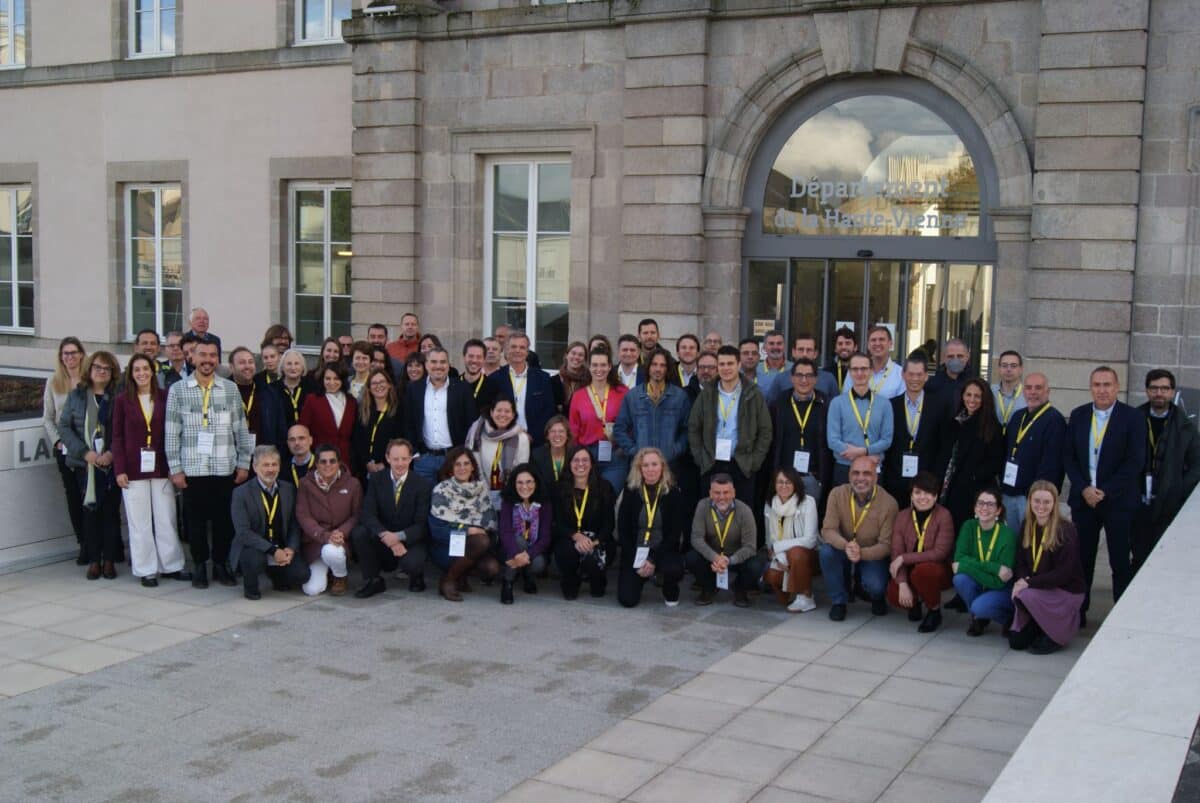
On the days 7-10 last november took place in Limoges, France, the opening meeting of the Natalie project, to which Matís is a member. The main focus of the project is to develop NSB's nature-based solutions to monitor and/or respond to the effects of climate change.
Natalie is a five-year project, which will be carried out by 42 participants from all over Europe. Iceland's role in the project is to verify new implementations of nature-based methods for assessing the effects of climate change on coastal areas and their ecosystems. The project is extensive and complex in its entire implementation, and the meeting was aimed at getting everyone to the table, introducing themselves and the parts of the project that each has at their disposal.
During the meeting, the management part of the project was thoroughly reviewed, i.e. what is expected of each of its members. There was also a presentation of all seven work parts of the project (e. work package, WP) together with the presentation of all the 42 parties involved in the project, i.e. their participation in the project and their background.
The meeting days were long but successful as planned. In addition, people managed to talk to each other and get to know each other, which is an extremely important part of such busy projects that cover as long a time as Natalie's proposed five years.
After the meeting, it is clear that there are exciting times ahead as Matís will participate in the development of the evaluation of new solutions to prevent the loss of important ecosystems. The challenges of climate change are numerous, including the threat to ecosystems that support food production, thereby threatening our food security as a nation due to local changes, but also on a global scale.
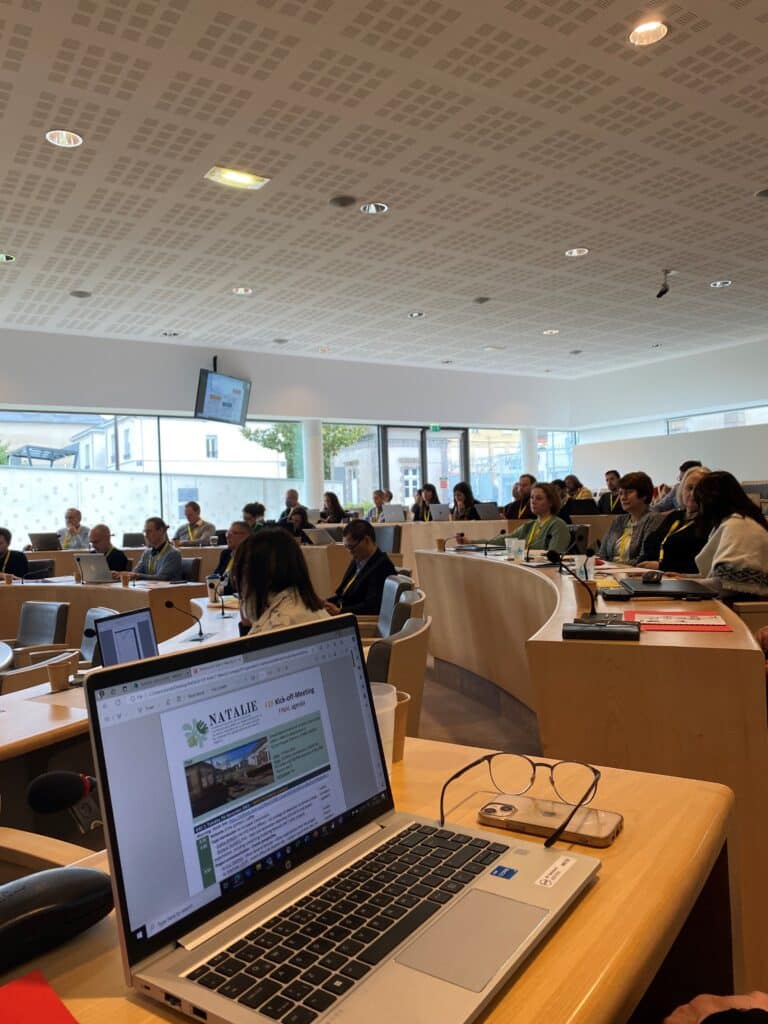
You can follow the progress of the project on its project page here: Natalie.
Also on the foreign project page of the partners here: Natalie.
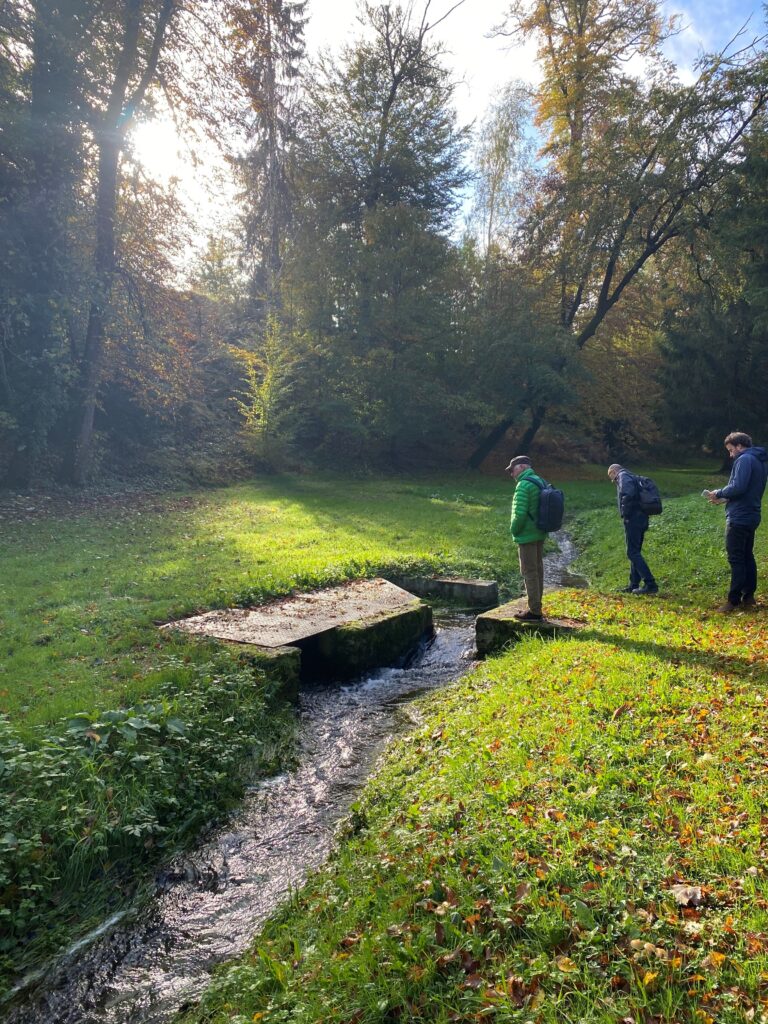

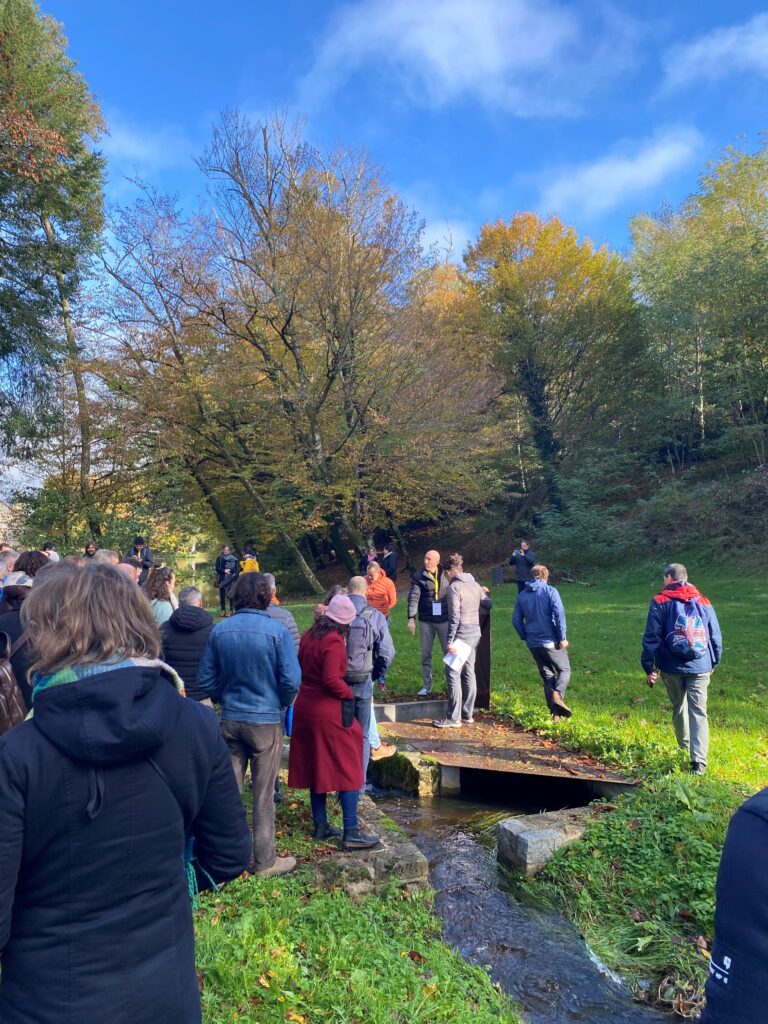

This project has received funding from the European Union's Horizon Europe program under grant agreement N° 101112859

The Food Congress will be held in Harpa on Wednesday, November 15, but the circular economy, in the context of the newly approved food policy until 2040, is the main subject of the congress, which is now being held for the second time.
Two representatives from Matís are on the list of speakers Eva Margrét Jónudóttir, project manager and Birgir Örn Smárason, professional director of the professional group sustainability and fire.
Eva Margrét will be one of four participants in a panel discussion entitled Are there solutions hidden in the remains? Utilization of raw materials - nothing thrown away. For example, she will discuss what opportunities there are for increased utilization, which resource flows could be used better, what the situation is today and what the future prospects are. Congress guests will be able to submit questions to be discussed by the panelists.
Birgir Örn will deliver the talk What's for dinner in 2050? – the future of food production. Among other things, he will discuss the food that will be eaten in 2050, the changes that food systems will most likely undergo in the coming decades, and the reasons why food systems need to change.
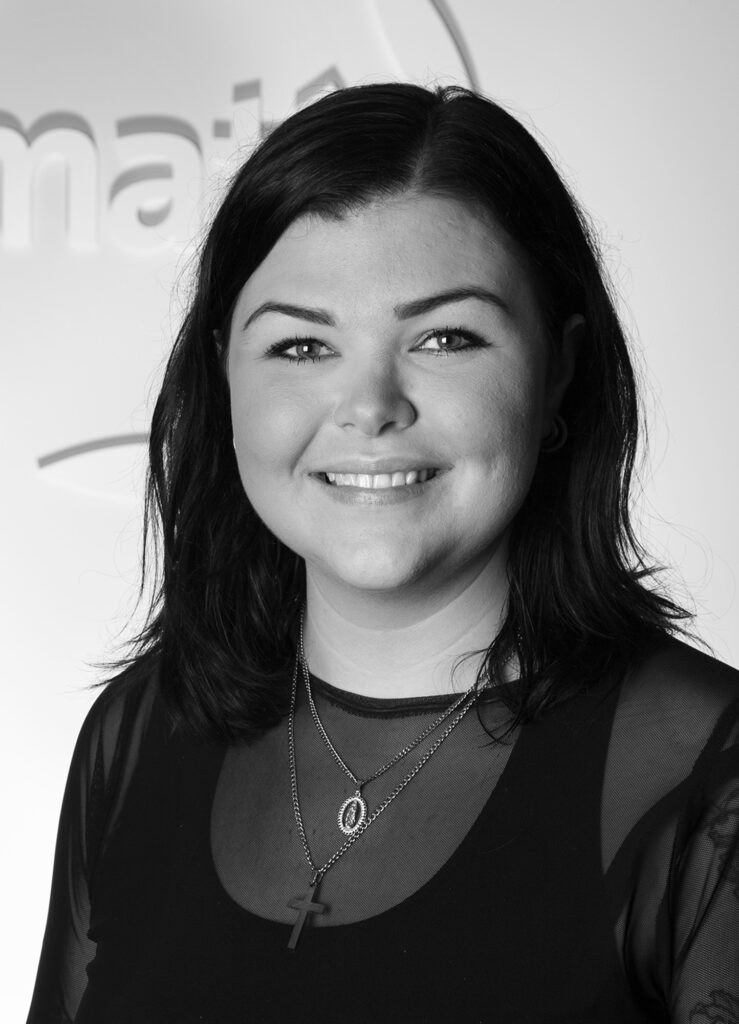
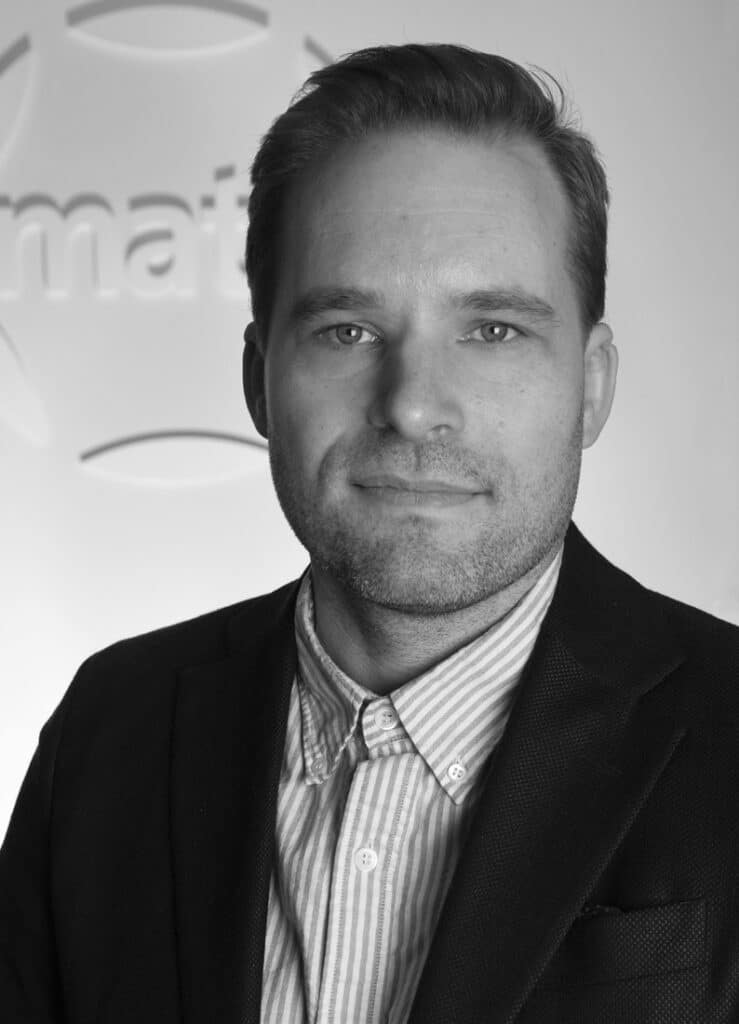
More information about the event and registration here: Food Congress 2023

This summer, a study was conducted on the effects of substances from seaweed on the signs of aging in healthy skin. The investigation is now over and two winners have been drawn and have been contacted.
The study went well and we thank all participants for their time and contribution.
The research was part of the project MINERVA, which aims to increase and improve the utilization of sustainably produced macroalgae and develop new valuable products from them. The project is funded by ERA-NET Cofund Blue Bioeconomy and is a joint project of companies, universities and research companies in Ireland, Iceland and Sweden.
More information about the Minerva project can be found on its project page here: MINERVA

Aðalheiður Ólafsdóttir, Matís' sensory evaluation manager, is an interviewee in a new episode of Matvælin, Matís' podcast about research and innovation in food production.
She discussed everything that is involved in sensory evaluation, why it is important and for whom. She also told stories about the diverse projects she has dealt with as a sensory evaluation manager, from evaluating the softness and smell of face cream to evaluating the boar smell of meat, the properties of protein powder from mangers and the taste and texture of kelp.
The talk is light and fun and extremely informative for those who ponder questions such as:
- What is sensory evaluation and how is it done?
- Why is it important to value consumer products?
- What qualities do sensory evaluation judges at Matís need to have?
- Who can use Matís' sensory evaluation service?
Listen to the full episode here:
The host is Ísey Dísa Hávarsdóttir
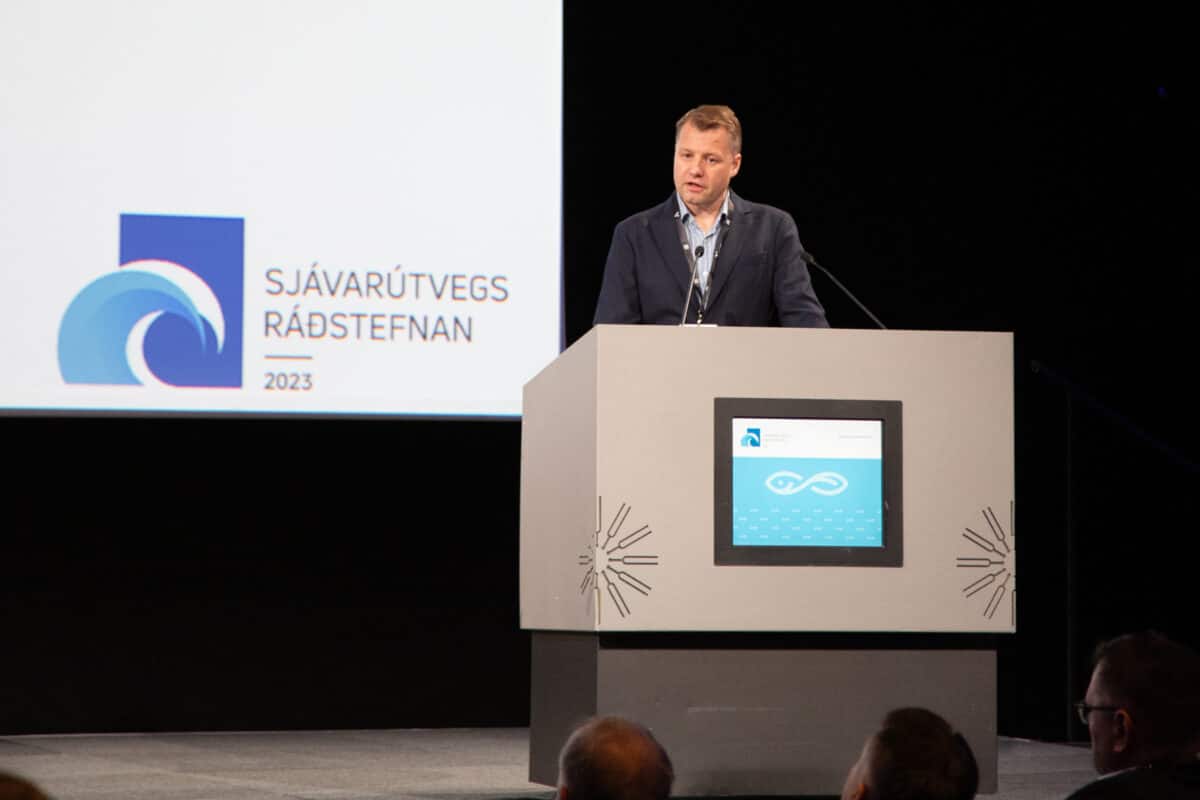
Matís is currently working on a large-scale study where experiments are carried out with the freezing of salmon using magnetic and sound wave freezing in collaboration with Kælismiðjuna Frost and the seafood company Odda in Patreksfjörður.
This freezing method is a novelty in this country and it is mostly unknown in Europe but slightly known in Asia. It is estimated that the experiments will take six months, so the first results could be available in the middle of next year. The intention is to get a picture of how ultrasonically frozen salmon fillets react compared to conventional blast freezing, and not least of all the effects of such freezing on the product in the long term.
During traditional blast freezing, Sigurður J. Bergsson, Frost's technical director, says that the cell walls in the fish flesh burst and the cell liquid should thus clear its way out. When the fish fillet is thickened, the liquid leaks out and the quality of the fish decreases considerably. With the magnetic and sound wave freezing, the cell walls are prevented from bursting and the liquid from leaving the fish flesh. This keeps the freshness of the product. "The market has increased demands for fresh frozen products, and with this freezing method we believe that the seafood industry can meet them with the supply of fresh seafood with a much longer shelf life than is possible today," says Sigurður.
Magnetic and acoustic wave freezing can be described as a green technology with high energy efficiency, where sound waves are used to control and reduce the structure of crystals in fish and meat. Sigurður says this method improves the freezing process and speeds it up, it produces more uniform and smaller ice crystals, it slows down oxidation changes, which leads to significantly less damage to the food.
Sigurður says that the magnetic and sonic wave freezing has been tested on various types of products and preliminary results show that products frozen using this method taste almost as fresh.
It will be interesting to see what this research by Matís, Odda and Frost on salmon reveals. If it gives positive results and researchers become even more convinced of the feasibility of further developing this technology, Sigurður believes that the fishing companies will quickly take over. Kælismiðjan Frost and Matís have worked with the fishing industry on various solutions over the years, both for whiting and pelagic fish, so there is a lot of experience and trust. The goal is always to do even better for the fishing industry companies in the country.
A discussion from Kælismiðinn Frost about the project can be read in its entirety here: Frost introduces magnetic and acoustic wave freezing at the 2023 Marine Industry Conference
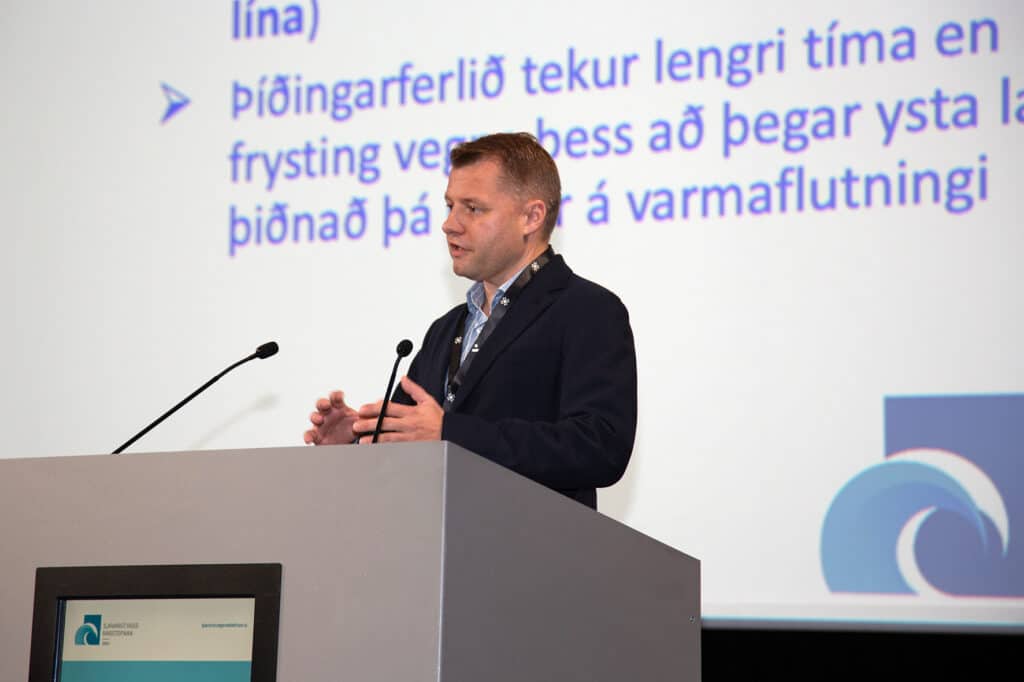
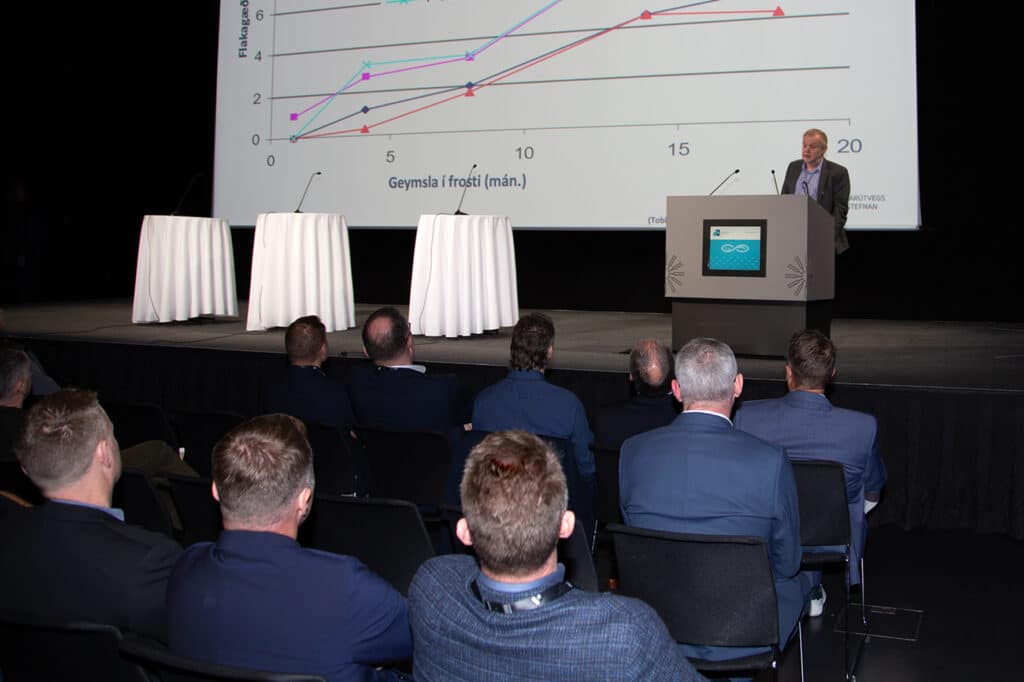
The Fisheries Conference was held in Harpa last week and there was a seminar dedicated to development in freezing technology. Sæmundur Elíasson, project manager at Matís, and Sigurjón Arason, chief engineer at Matís, gave a talk there. Sæmundur talked about recent technological developments in freezing and thawing, and Sigurjón about freezing before and after freezing. In the language institute, Sigurður Bergsson from Kælismiðinn Frost presented research on magnetic and sound wave freezing.

